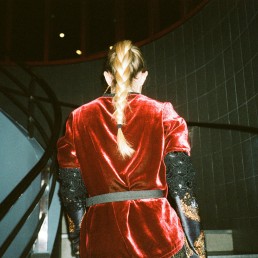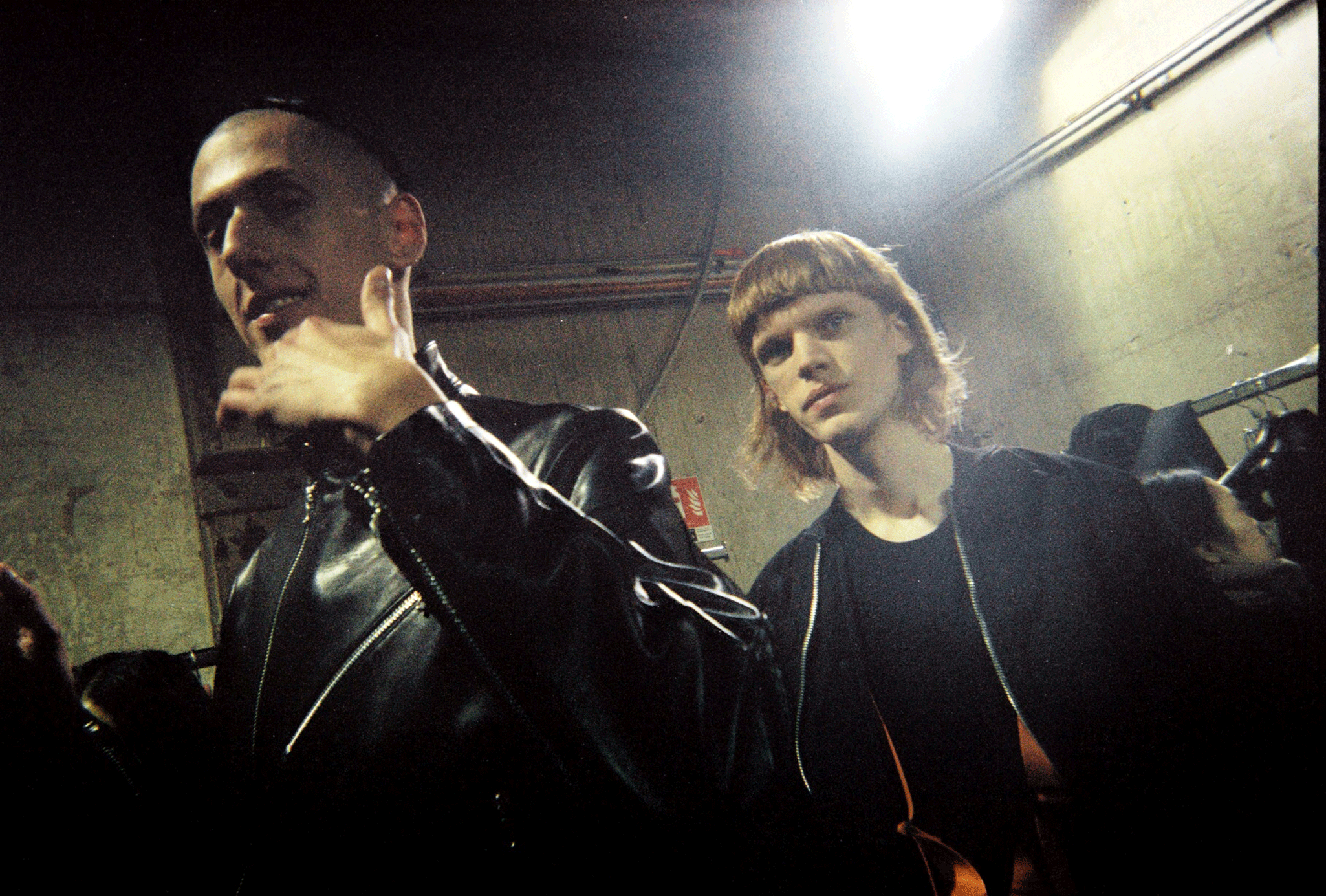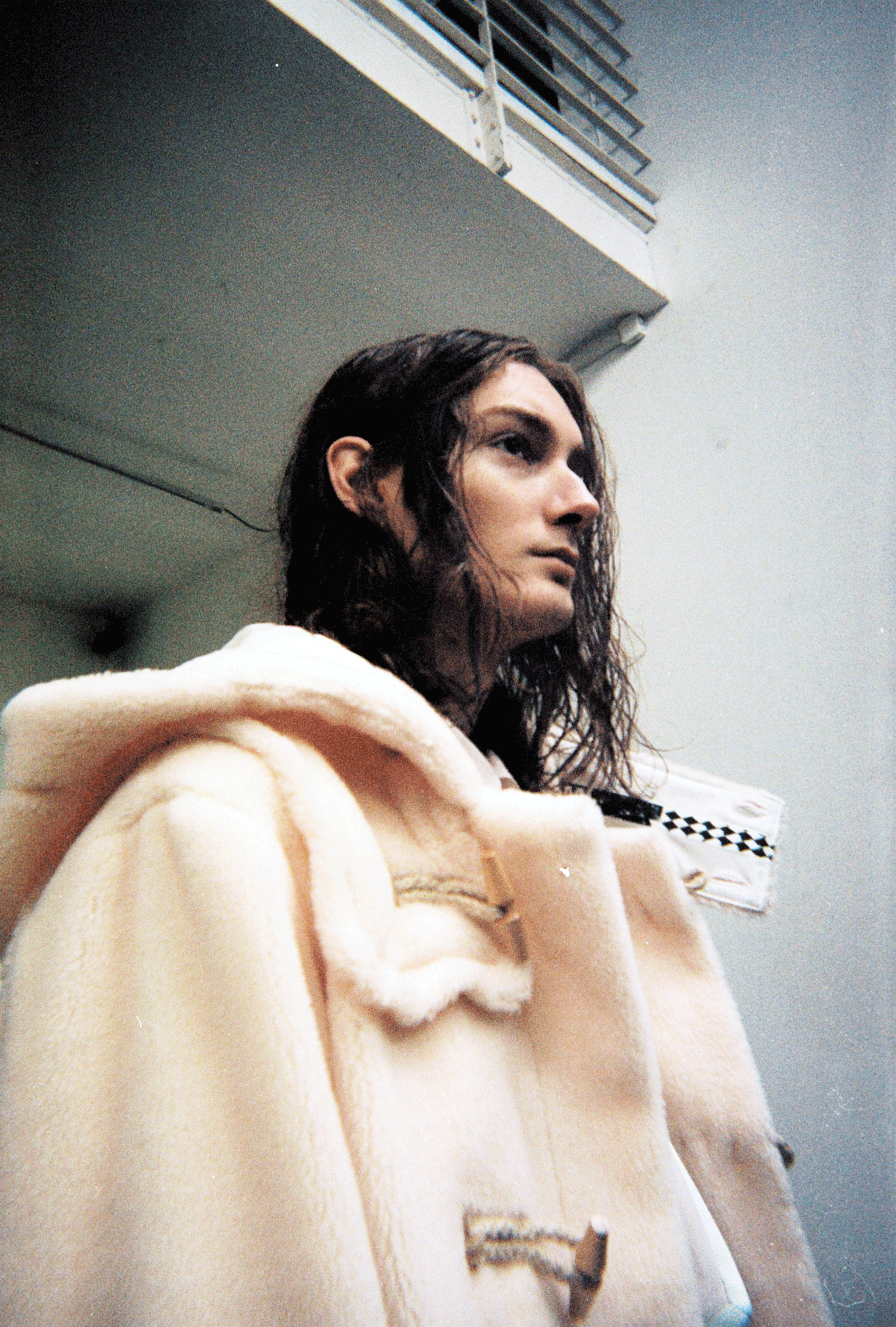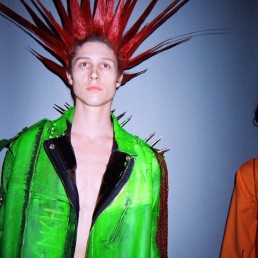With so much talk around Eastern designers making up the “Post-Soviet Design Movement”, Ukrainian designer Svetlana Bevza has emerged with her own minimal aesthetics more akin to those of Haider Ackermann and Céline whilst giving a new spin on her roots. She has skilfully drawn upon heritage having used floral prints of Ternova khustkas from the archives of Ivan Honchar Museum whilst taking inspiration from her own mother and the women who found innovative ways to stay on trend in the early 90s such as boiling denim which she translated to silk and wools for Fall Winter 2017.
We went backstage to see the collection during Mercedes-Benz Fashion Week Tbilisi, but leading up to the runway show, she teamed up with the Ivan Honchar Museum for this fashion film.
Ternova khustka was one of the details of traditional Ukrainian costume. It was named after French entrepreneur Guillaume Louis Ternaux. His manufactures produced printed woolen shawl with floral patterns. These vibrant accessories were incredibly popular among Ukrainian women of every age and social class.
In folk tradition it was inacceptable to keep head uncovered. A decent woman look implied layered outfit and a head necessarily covered with a khustka – there were more than 100 types of wearing and styling khustka.
In her Fall/Winter 2017 collection Svetlana Bevza uses patterns of three khustkas of late and mid 20th century from Zakarpatie and Chernihiv region.
Strict and rhythmical vertical silhouettes of the collection are inspired by the era of the late ’80s that considered to be the major trend for the upcoming season. Here ethnic motifs acquire a new interpretation – they are used for styling the outfits that have nothing to do with the folk theme.











